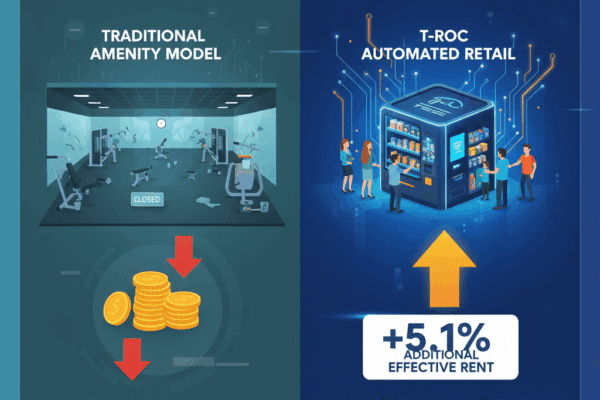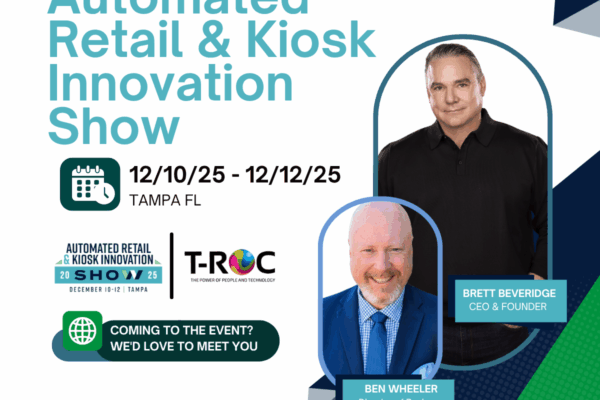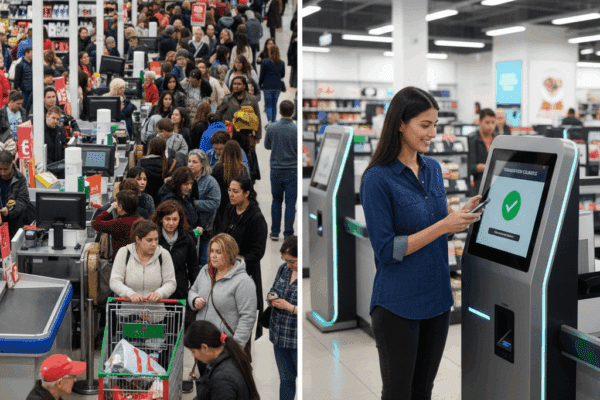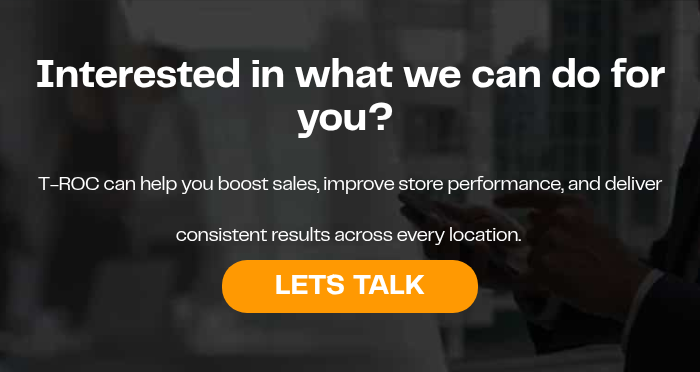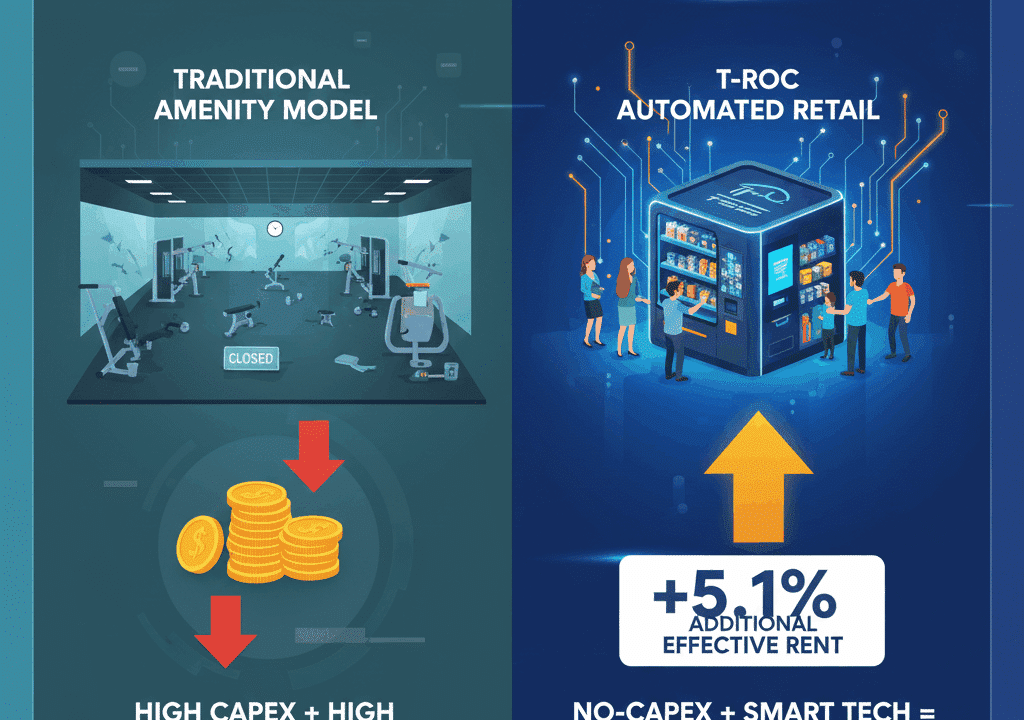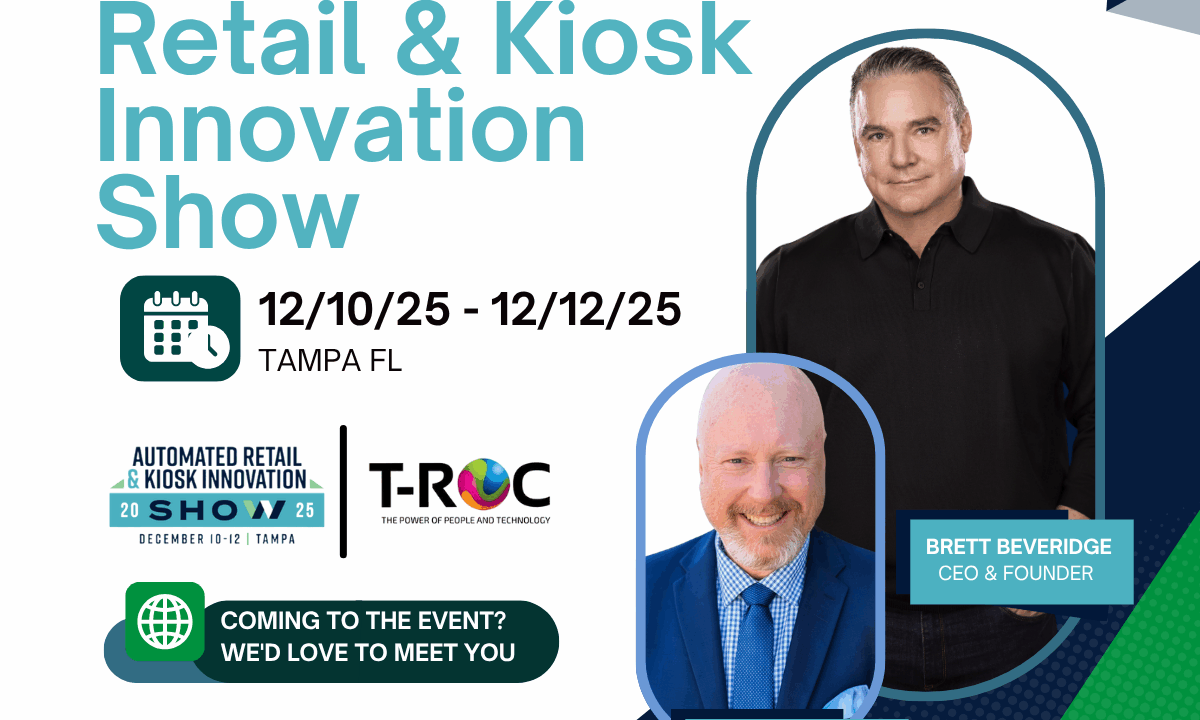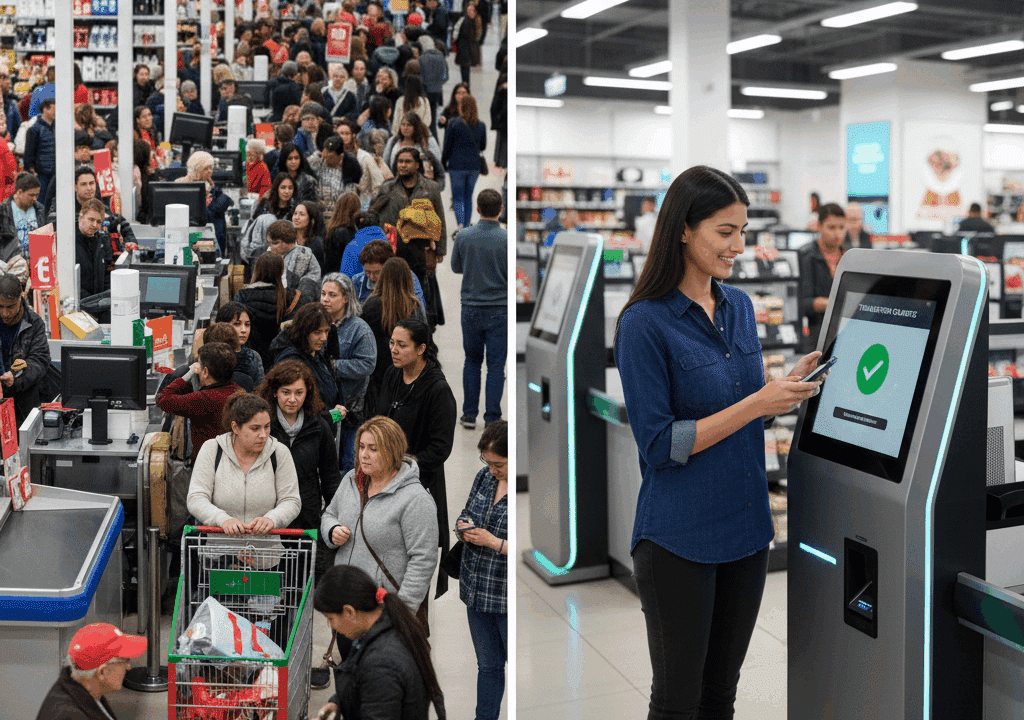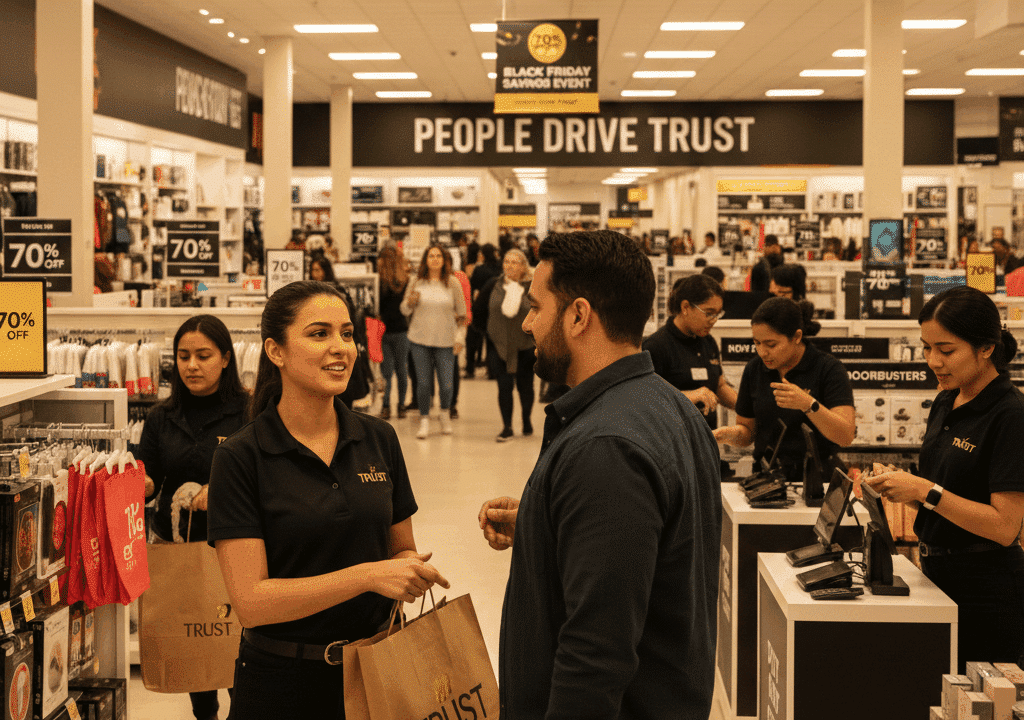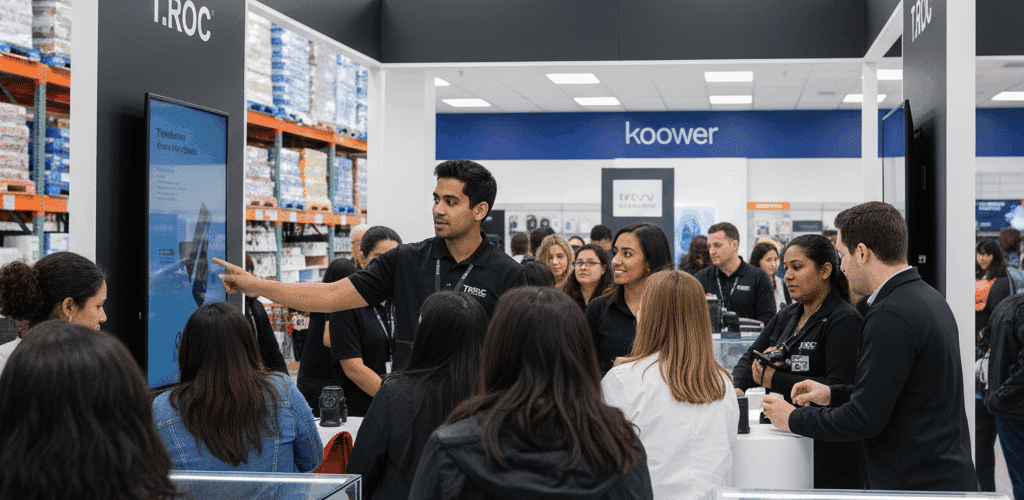
Measuring the ROI of Your Road Show
-
T-ROC Staff
-
Oct 13, 2025
-
4 mins read
In today’s crowded retail environment, simply having a great product on the shelf isn’t enough. Brands are fighting for consumer attention against endless digital noise and fierce competition. The solution? Creating memorable, in-person connections. This is where retail road shows transform the customer journey from a simple transaction into a lasting brand experience.
By taking your products directly to consumers through targeted, in-store events, you can educate, engage, and convert shoppers in a way that digital ads simply can’t match.
What Exactly Is a Retail Road Show?
A retail road show is a series of scheduled, in-store events designed to showcase a product or brand directly to consumers in a retail setting. More than just a simple product sampling table, a successful road show is a form of powerful experiential marketing. It combines live demonstrations, expert brand ambassadors, and interactive displays to create a “store-within-a-store” that captures attention and drives immediate sales. These events are temporary, often lasting from a few days to several weeks in a single retail location before moving to the next, creating a sense of excitement and urgency.Why Retail Road Shows Drive Unbeatable Results
In an era where consumers crave authenticity and personal connection, road shows offer a tangible, human touchpoint. They cut through digital fatigue and provide a platform for genuine interaction, which is critical for building trust and brand loyalty. A well-executed road show program leverages the power of “retailtainment,” blending shopping with entertainment to create an engaging and memorable experience that makes customers feel valued.The Core Benefits of a Strategic Road Show Program
Skyrocket On-the-Spot Sales
The primary goal of most in-store demonstrations is to drive sales, and they excel at it. By allowing customers to see, touch, and try a product, you eliminate purchase anxiety and answer questions on the spot. Brands often see a significant sales lift, sometimes exceeding 300-500%, for the duration of the event.Create Unforgettable Brand Experiences
Positive experiences build emotional connections. A friendly, knowledgeable brand ambassador who solves a customer’s problem or demonstrates a “wow” feature creates a lasting positive memory associated with your brand. This is the foundation of long-term brand loyalty.Gather Valuable Customer Insights
Retail road shows are a goldmine for first-party data and direct feedback. You can learn what features customers love, what questions they have, and what barriers prevent them from buying. This direct insight is invaluable for refining your products, marketing messages, and overall strategy.Educate Consumers and Overcome Purchase Barriers
Is your product complex or innovative? A live demonstration is the most effective way to communicate its value. Brand ambassadors can walk customers through features, explain the benefits, and show them exactly how the product can solve their problems, overcoming hesitation and boosting buyer confidence.Key Components of a Successful Retail Road Show
Executing a flawless brand activation requires more than just showing up. Success depends on meticulous planning and professional execution across several key areas.- Strategic Planning: Choosing the right retail partners, store locations, and timing based on target demographics and shopping patterns.
- Engaging Presentation: Designing an interactive and visually appealing setup that draws customers in and clearly communicates your brand message.
- Highly-Trained, Professional Brand Ambassadors: The success of your event rests on the people representing your brand. They must be energetic, knowledgeable, and expertly trained in sales and customer engagement.
- Robust Logistics: Flawless execution requires seamless coordination of scheduling, staffing, inventory management, setup, and teardown across multiple locations.
Measuring the ROI of Your Road Show
To prove the value of your program, it’s essential to track the right metrics. Look beyond simple revenue and consider a holistic view of performance:- Sales Lift: Compare sales during the event to the pre-event baseline.
- Cost Per Interaction: Calculate the investment required for each meaningful customer conversation.
- Customer Feedback: Use surveys or direct conversations to gauge satisfaction and collect testimonials.
- Social Media Mentions: Track brand mentions and engagement related to the event.

